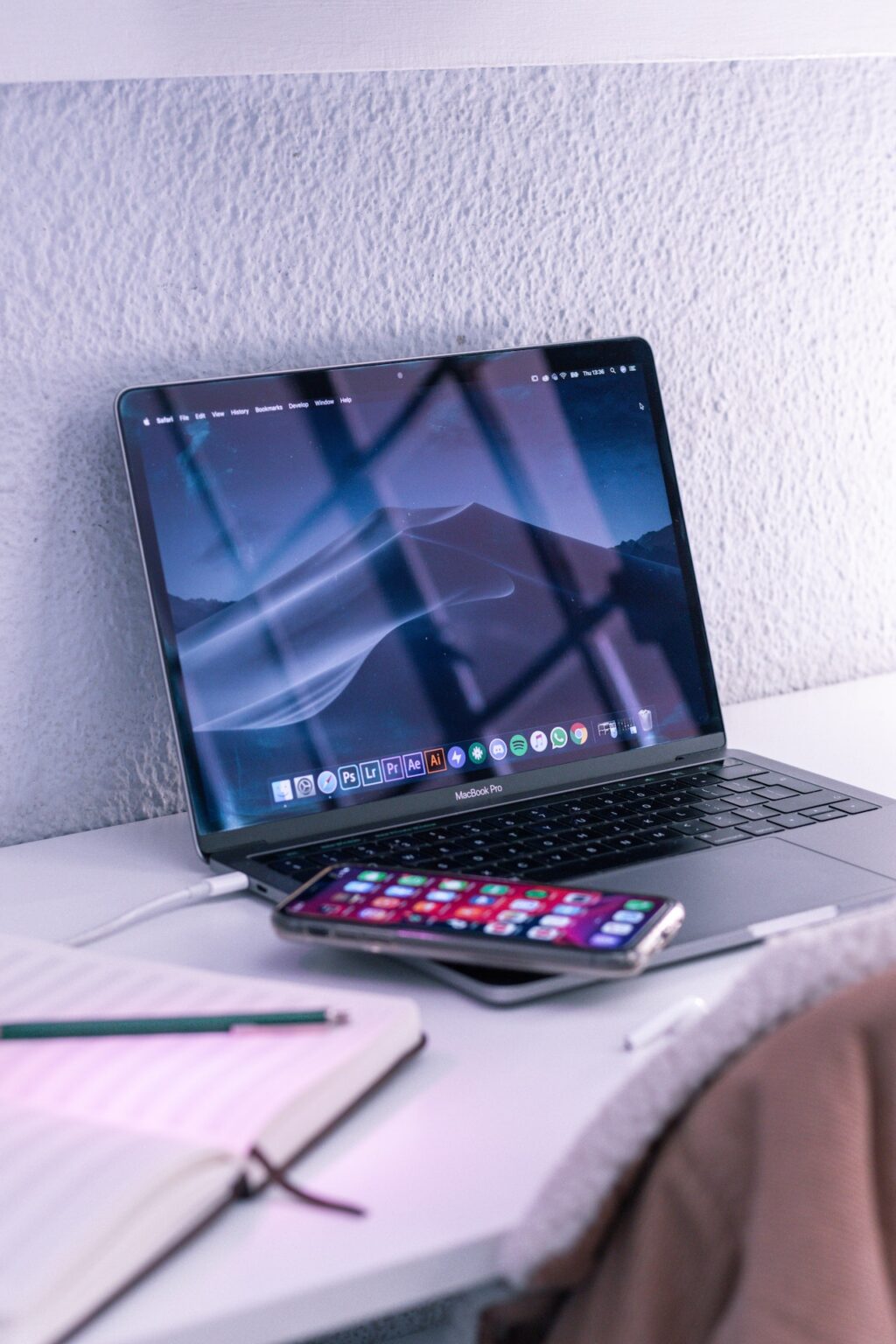The Intuitive Interface
Consistency and predictability go a long way when establishing a positive brand association, and that concept applies fully to user interface design. They may not be aware of it, but users who have become familiar with specific elements in design behave in a certain way; depending on the intended result, designers must be vigilant to optimize their interface for user satisfaction.
Ensuring that a web interface is easy to use and intuitive for visitors is key – elements like a search field make your website smoothly navigable and organized. It allows users to enter a keyword or query and submit it to the index, promptly receiving the most useful and relevant results. Most websites place their search bar near the top of the page; by following that “template,” the user experience is simplified and quickened (no time is wasted on a hunt for a simple tool).
Even items as seemingly simple as control buttons, navigational details, and toolbars have an effect on the impression made with site interaction. Going deeper into each component (for example), there are different ways to structure basic elements like check boxes – implementing check lists is best when the boxes are place vertically, drawing the eye to its natural scrolling motion that has become prevalent throughout web design (in this case, users are already familiar with the parallax scrolling phenomenon that has swept through design – knowing that fact and structuring the user interface accordingly creates a smooth user experience).

Used in blogging and throughout websites, tags allow users to identify distinct content or items, narrowing down the search process. For instance, retail (or e-commerce) websites have hundreds upon hundreds of items. With the tagging option, users can zero in on the wanted items quickly and efficiently, without needless and tedious scrolling. Users can also refine their search pool by using sliders, changing the parameters (e.g. based on price point, size, brand, etc.)
Reinforced by the depth of work performed through these design approaches, a user can navigate through a brand’s message with ease via cognitive fluency. If the information has been presented in a way that relates to the consumer, then a conversion will be made. The idea of cognitive fluency refers to the ease and measure of which something is thought about and understood, shaping what one believes and buys into. This is an important aspect of metacognition, depicting perfectly the effective qualities of simplicity/minimalism.
Cognitive fluency in interface design has boundless benefits in the realm of communication, with great effect on content marketing resulting in a marked increase in engagement on a continual basis. The effective nature of cognitive fluency through written material by using small words, short sentences, familiar concepts, and clear typography (among other means) is vast. The resulting fluency often dramatically increases the message’s acceptability. Not only is it better understood, it is also met with affinity.
Interaction with the user interface design should always be natural, and the navigational elements and call-for-action should make sense immediately. Branding elements such as colors, shapes and fonts should be consistent throughout – this not only strengthens the brand identity, but also gives the user a clear idea of what they can interact with.
All of these elements are designed to create a more efficient and pleasant UX – if a user were to spend more time than necessary searching for an item, he or she would quickly give up and move on to a website that could quickly provide a solution.
Related Articles
Navigating the Design of Input Controls in UI
January 6, 2024
UI Signifiers in Website Design
January 5, 2024



